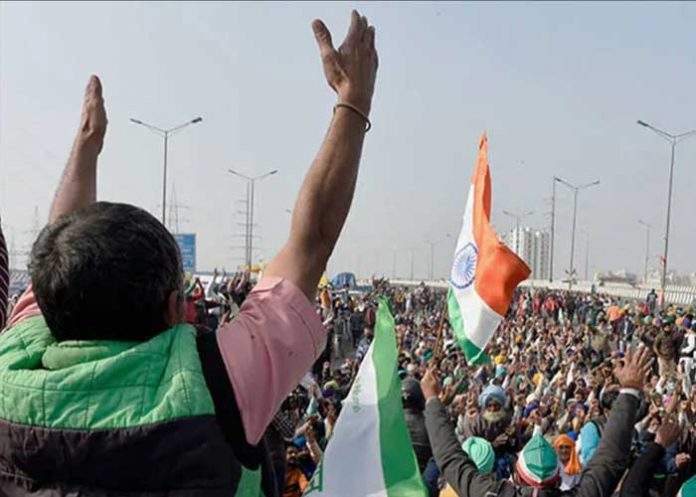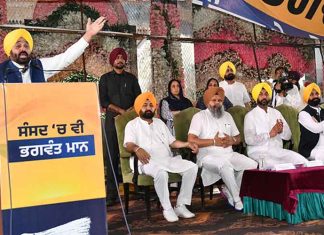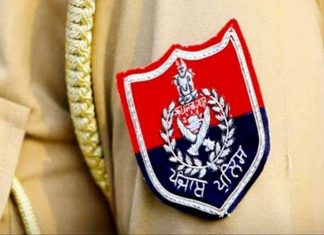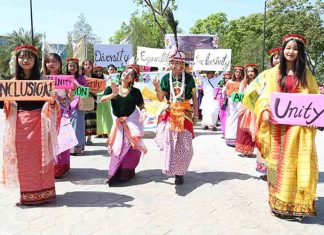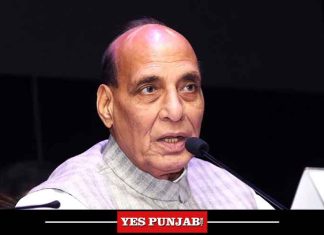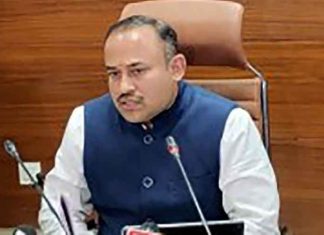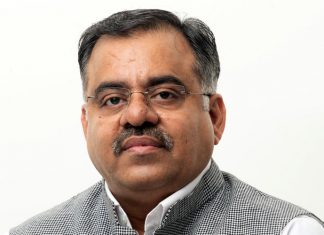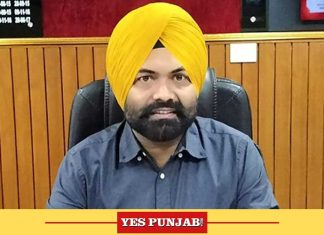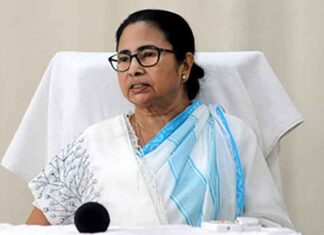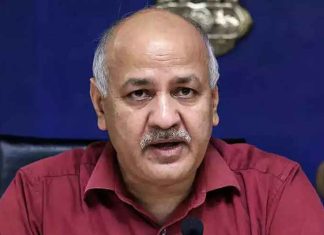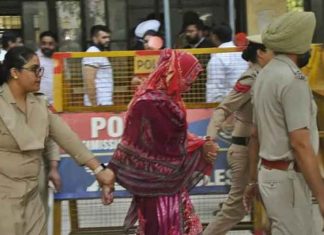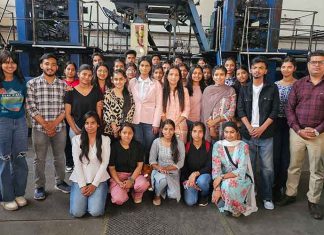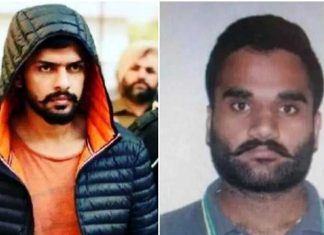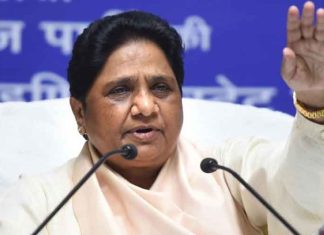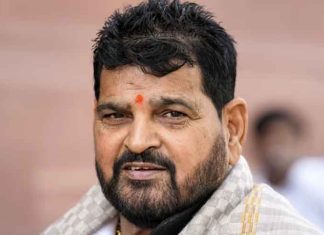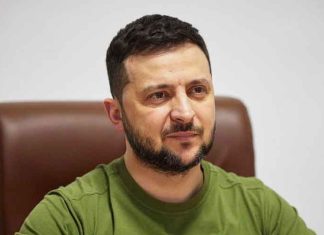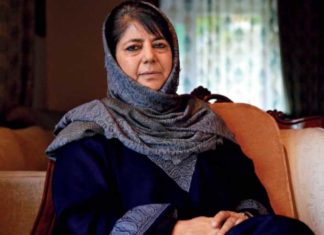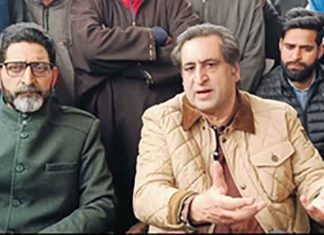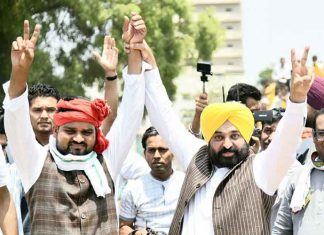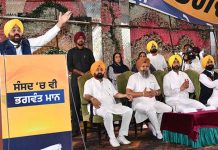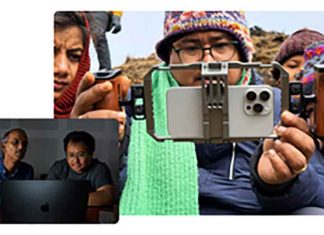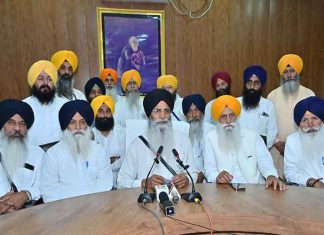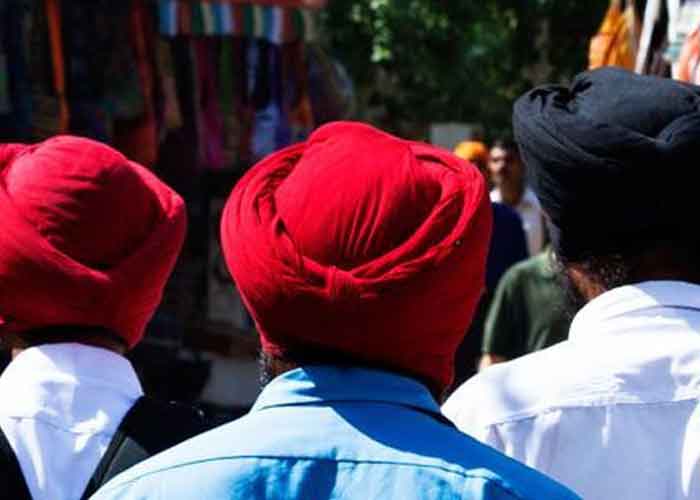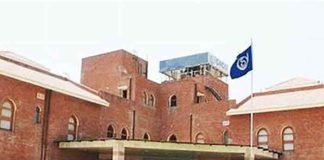New Delhi, Dec 12, 2021- The success of farmers’ agitation that continued on the Delhi borders for almost 380 days can be attributed not only to the farmers alone but also to a backroom team which provided the crucial support to the movement.
Several people, coming from different walks of life, devoted their entire time to the movement to make it successful. These people worked to ensure that the message of farmers reach to the general public. Not just that, they also looked after the arrangements for the people joining the movement.
Langars and tents were arranged for lakhs of farmers at the agitation sites. Be it the cold, heat, rain or storm, farmers strongly faced all the challenges.
Not only this, they also looked after the replacement of damaged tents and other such paraphernalia, which played a key role in strengthening the movement and helped the farmers stay at the agitation sites.
While farm leaders were leading from the front, sounding the bugle against the government, giving sound bytes to TV cameras, behind the scene were several others who were engaged in giving life to the movement. These included from football players to college students.
While elderly farmers made strategies at the agitation sites, the young implemented them.
In the initial days, several rumours were spread against the farmers, and proving these wrong was a big challenge. After a few days, a young participant proposed to form an IT cell to tackle such rumours and to strengthen the movement, which the farmer leaders accepted.
Baljit Singh, a resident of Punjab, created an IT cell for the farmers and helped churn out official statements as made by farmer organisations.
The IT cell also ran social media campaigns to send farmers message across the country and the world to counter misinformation.
Baljit Singh told IANS, “In the beginning, wrong things were said about the farmers and we needed something to counter it. Also there were several organisations in the movement, so it was also necessary to convey their statements through one platform. We created an IT cell and started running it.”
“Every morning we started posting things related to the movement, created hashtags which were also spread across the world. Attempts were made to shut out various social media accounts but all their efforts failed.”
Baljeet had several supporting hands who hid their identities to carry out the social media campaign. One young woman was assigned to gather information about the farmers who died during the agitation. Then Anuroop Sandhu and his associates started gathering information about all the farmers who died during the agitation. Sandhu informed that so far 714 farmers died.
“We collected all the information from the public platform, wherein one of our colleagues also contributed a lot. With the help of death certificates and news reports, we together started compiling data of all the deceased farmers. Several farmers died of heart attacks, while many women farmers were crushed to death,” Sandhu told.
“We needed a platform where we can give information about all the farmers so that they could be remembered in future and their contribution could not be forgotten.”
Although there was a problem of language in the beginning as people from various parts of the country came to the agitation sites. Their languages were different, due to which it became difficult for other farmers to make sense. But with efforts by some young farmers, the issue was resolved.
Harinder Happy looked after the task of delivering farmers message to the media. He brought with him people who could speak different languages and they worked to send press releases in Hindi, Punjabi and English to the media. He was accompanied by Sajanit Mangat who was good at making excel sheets.
Happy told IANS, “Farmers from different parts of the country joined the movement, they came from Tamil Nadu, West Bengal, Punjab, Haryana and other states – all communicated in different languages.”
“We thought of making press releases in Hindi, English and Punjabi, because many reporters did not know Hindi and English, they knew only Punjabi, some knew some other languages, so we started sending information in all three languages.”
Medical facilities were also set up at borders to help ailing farmers.
Dr Avtar Singh ran makeshift clinics at agitation sites. If a patient was sick, he was admitted and treated, and if his condition worsened, he was shifted to a proper hospital by ambulance.
As elderly farmers were more in numbers, proper monitoring of their blood pressure, consultation and other assistance was provided by the doctors available at these medical camps, who supported the movement and kept serving the same farmers.
There were some others who worked to strengthen the movement, fulfilling different responsibilities and according to them they will continue to serve in the same way selflessly. (Agency)
Subscribe to YesPunjab Telegram Channel & receive important news updates



